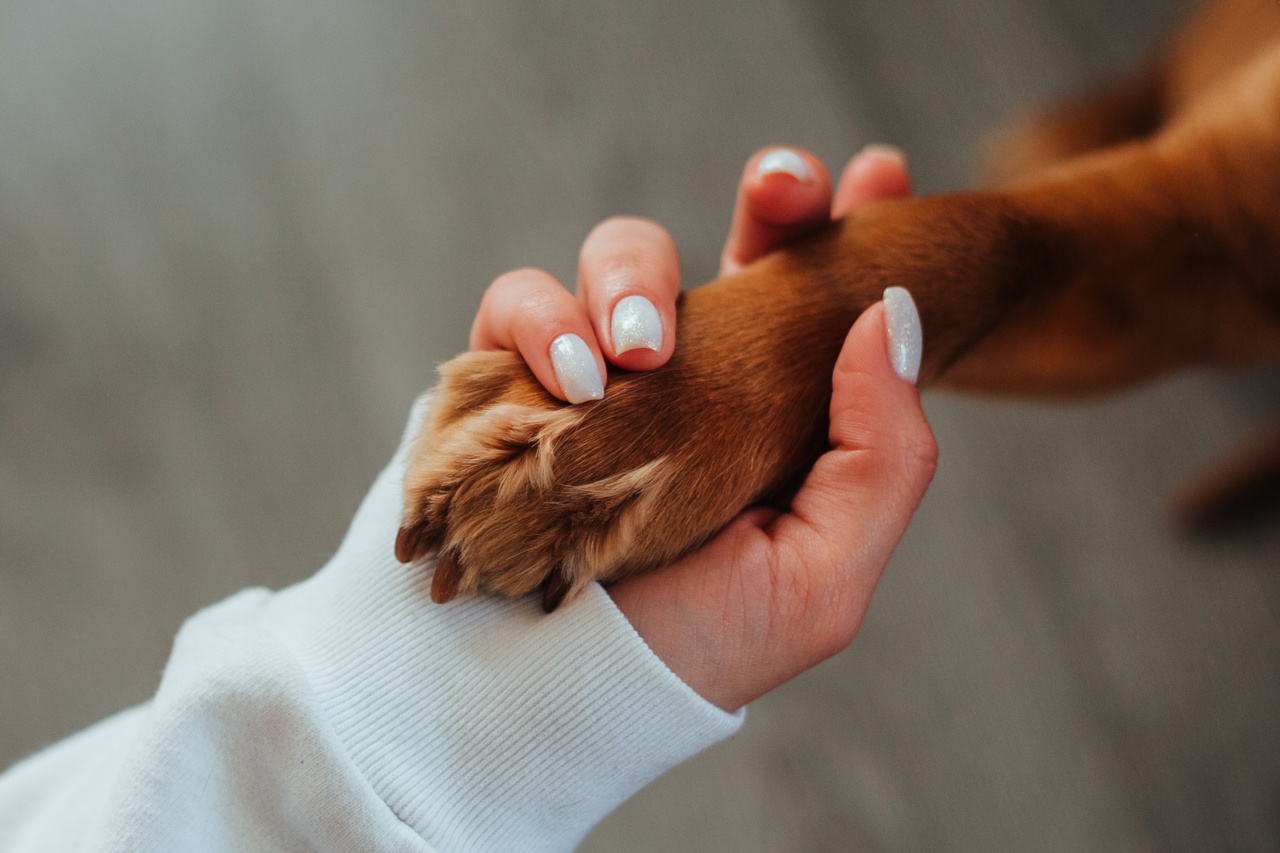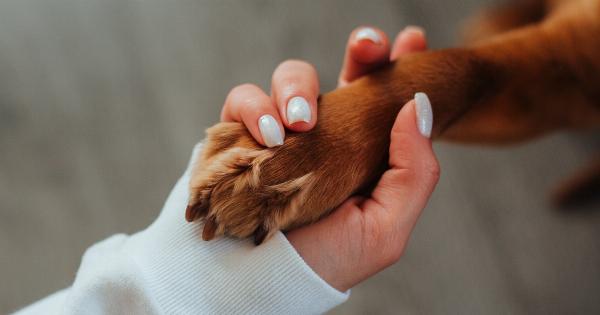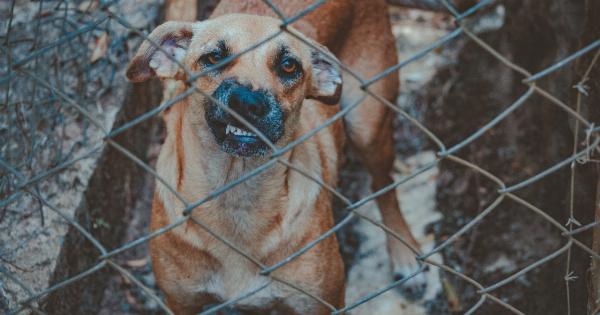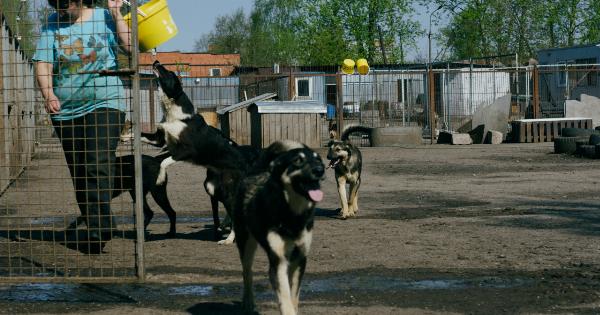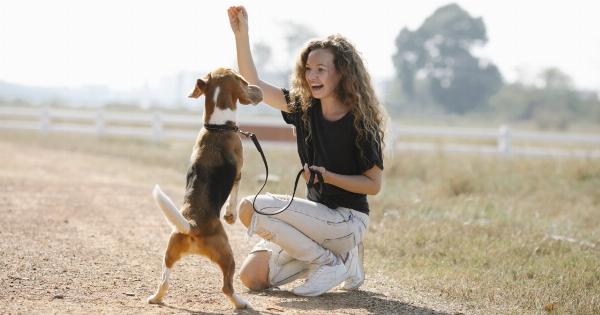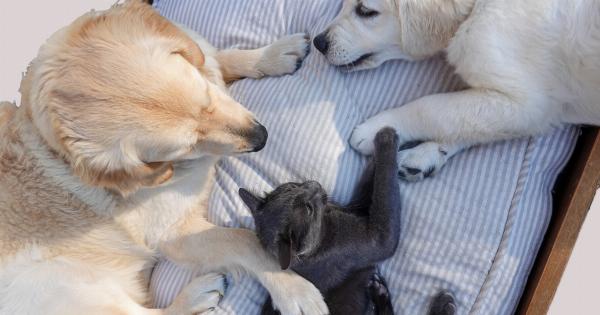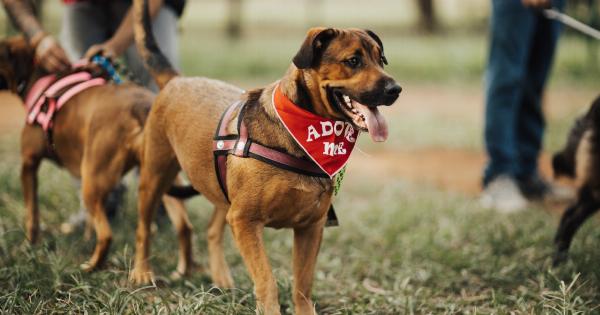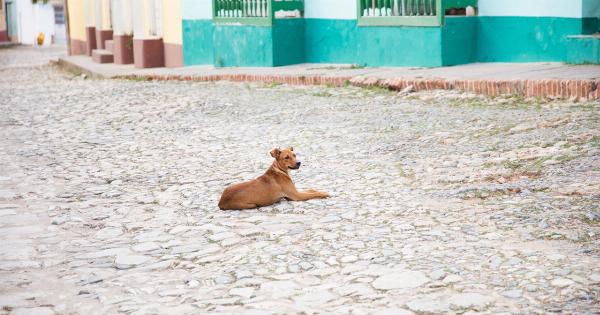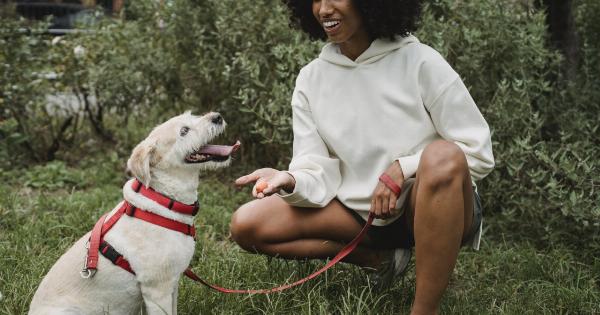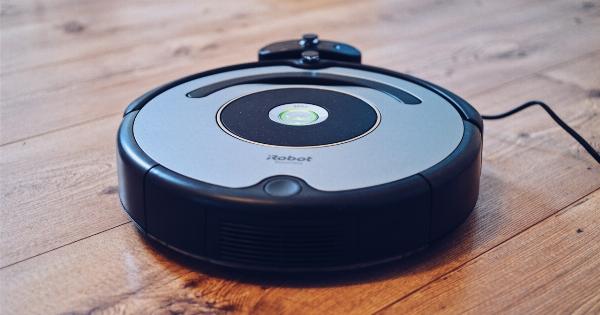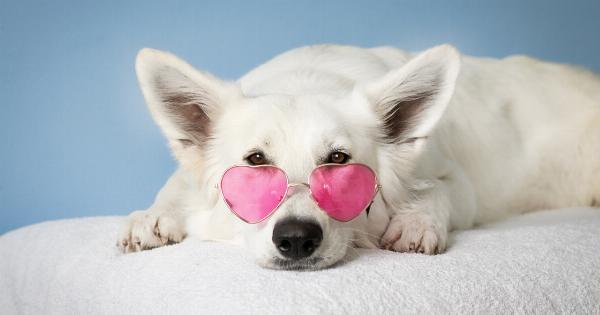Dogs can be the most lovable and loyal companions, but they can also be impulsive and difficult to train. An impulsive dog is one that acts without thinking, reacting to their environment or situations based on their instincts.
While training an impulsive dog can be challenging, it is not impossible. Here are 10 tips for training an impulsive dog:.
1. Start with basic obedience training
Basic obedience training is essential for all dogs, but it is especially important for impulsive dogs. Start with simple commands such as sit, stay, come and heel.
Make sure your dog understands these basic commands before moving on to more advanced training.
2. Be consistent with commands and rewards
Consistency is key when training an impulsive dog. Use the same commands and rewards each time you train. This will help your dog understand what is expected of them and what behavior is being rewarded.
3. Use positive reinforcement training
Positive reinforcement training is a great way to train an impulsive dog. Reward your dog with treats, praise and affection when they obey commands and exhibit positive behavior. This will help your dog associate good behavior with positive rewards.
4. Don’t punish your dog for bad behavior
Punishing your dog for bad behavior can actually make the problem worse. It can lead to fear and anxiety, which can exacerbate impulsive behavior. Instead of punishment, redirect your dog’s attention and reward them for good behavior.
5. Exercise your dog regularly
Exercise is important for all dogs, but it is especially important for impulsive dogs. Regular exercise can help reduce anxiety, release energy and improve your dog’s overall health and wellbeing.
Make sure to include daily walks and playtime in your training routine.
6. Use a head collar or harness
A head collar or harness can be a helpful tool when training an impulsive dog. It can give you more control over your dog’s movements, making it easier to redirect their attention and prevent impulsive behavior.
7. Use a crate for timeouts
A crate can be a safe and effective place for your dog to take a timeout when they exhibit impulsive behavior. It can give them an opportunity to calm down, regroup and refocus their attention on positive behavior.
8. Train in short sessions
Training an impulsive dog can be tiring for both you and your dog. Make sure to keep training sessions short and focused. 10-15 minute sessions a few times a day can be more effective than longer sessions.
9. Be patient and persistent
Training an impulsive dog requires patience and persistence. Don’t expect overnight results, and be prepared to put in the time and effort required to achieve positive behavior. Remember that consistency and positive reinforcement are key.
10. Consider working with a professional trainer
If you are struggling to train your impulsive dog, consider working with a professional trainer. They can provide expert guidance and support, and may be able to offer specialized training techniques tailored to your dog’s specific needs.
